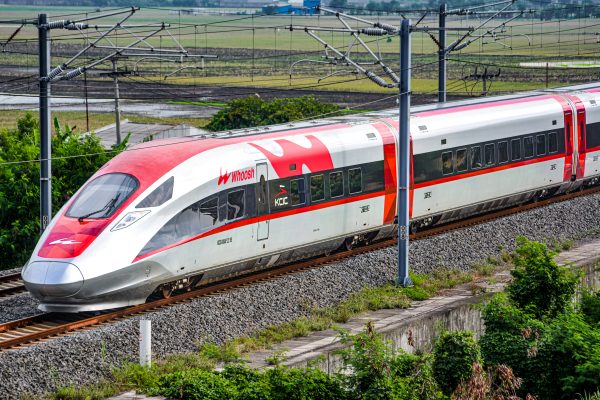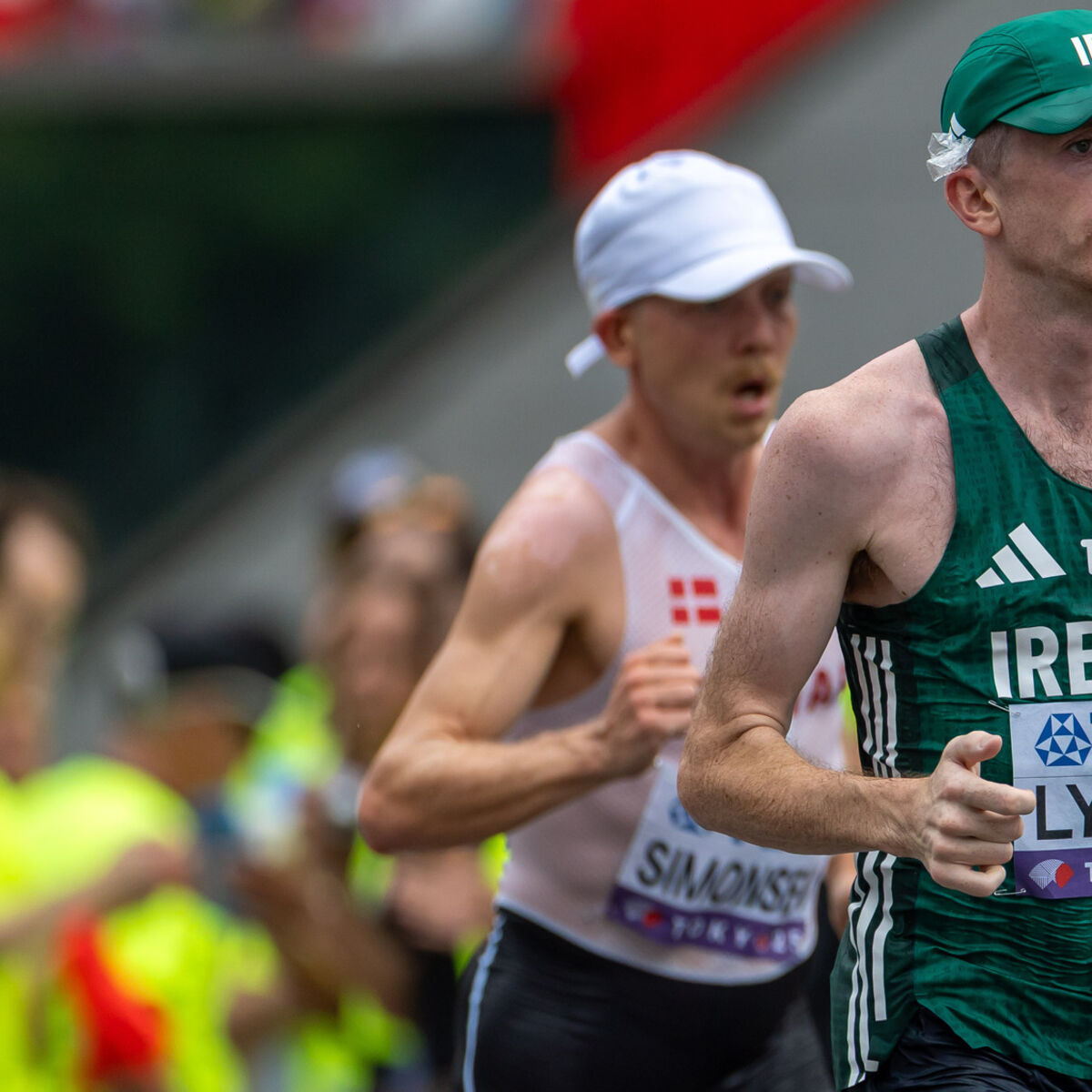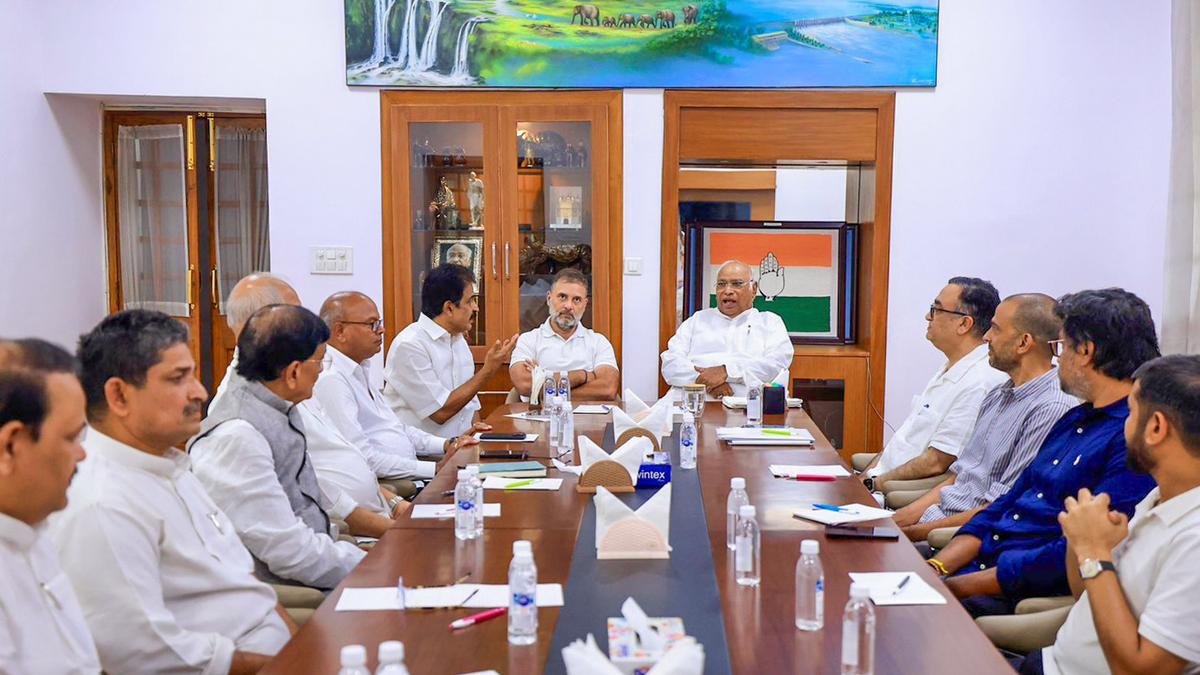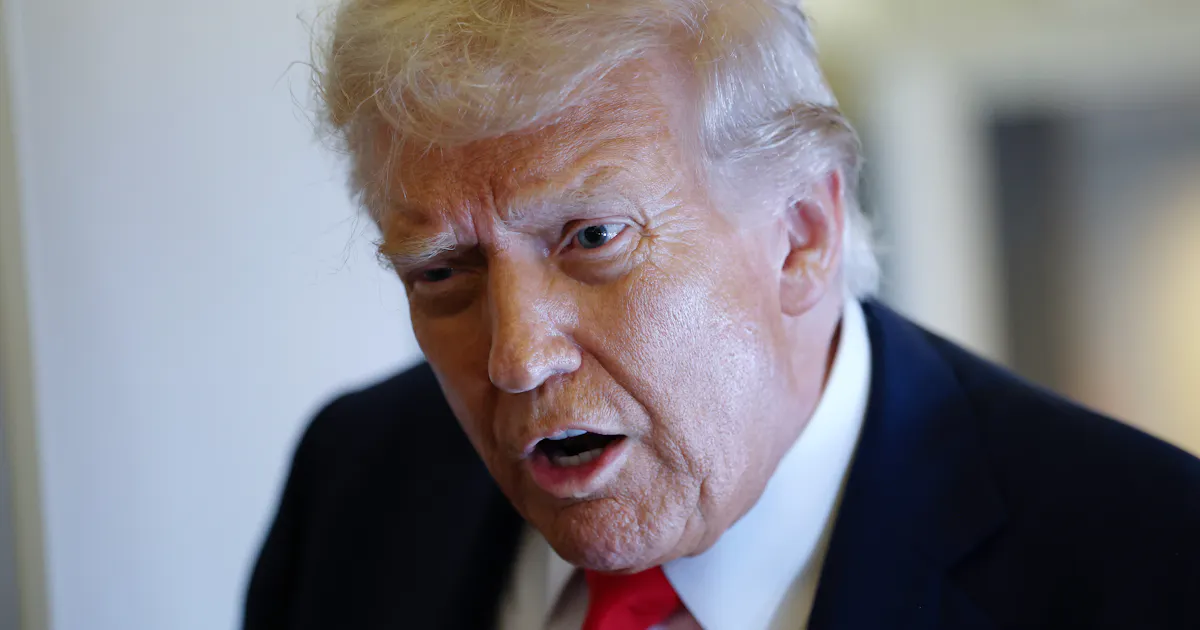By James Guild
Copyright thediplomat

Indonesia’s first high-speed railway, known as Whoosh, has been in operation since 2023 and is losing money. The project is structured as a joint venture between China and Indonesia, with the Indonesian partners holding a 60 percent stake. The lead investor on the Indonesian side is state-owned railway operator Kereta Api Indonesia or KAI. From KAI’s 2024 financial statements, at current exchange rates, we know that the Indonesian side of the joint venture lost $255 million last year, of which KAI itself absorbed $134 million. Through the first six months of 2025, the Indonesian partners again recorded a loss, this time around $100 million. KAI absorbed roughly $58 million of that. That Indonesia’s costly high-speed rail is operating at a loss right out of the gate has raised some eyebrows. The project was controversial from the start, with Indonesia picking China over Japan to build the 143 kilometer line connecting Jakarta to Bandung. Whoosh was delivered late and over budget, with a final cost of around $7.3 billion, some of which the Indonesian government had to guarantee. And the majority of the financing came from a Chinese development bank, which has led to claims of a debt trap. If Whoosh is viewed as a purely commercial undertaking, the fact that it is operating at a loss might be a concern for investors and shareholders. But KAI is wholly owned by the government of Indonesia, so are profit and loss the best tools for evaluating Whoosh’s performance? It is not uncommon for governments to provide public goods below their cost of production in order to protect consumers from high fees. A lot of public transportation in Indonesia (and elsewhere) regularly operates at a loss and would be unprofitable without subsidies. The Jakarta MRT, for instance, gets around half of its revenue from subsidies, without which it would be unprofitable. Transjakarta, the capital’s bus transit system, would also operate at a substantial loss without subsidies. Even KAI relies on government subsidies to make its regular services viable. KAI reported total revenue in 2024 of $2.2 billion, including $285 million in subsides (this does not include Whoosh, which is included in a different part of the financial statement). With after-tax income of $134 million, the rail operator would have struggled to turn a profit last year without state financial support. Just because Whoosh isn’t profitable doesn’t necessarily mean it is a failure. A lot of public transportation operates at a loss, and there are defensible reasons for that, especially if we consider it to be a public good or service. So why doesn’t the Indonesian government simply subsidize Whoosh in the same way it does regular rail service, the MRT or Transjakarta? The main thing (aside from the scale and cost) that makes Whoosh different is the involvement of Chinese companies and debt. Chinese firms hold a 40 percent stake in Whoosh. Assuming the revenue split reflects the ownership structure, if the government were to subsidize fares then 40 percent would go to the Chinese partners in the joint venture. In the absence of subsidies, the Chinese investors should be sharing in some portion of the losses and other operational risks (and if they are not, this deal would indeed look a lot worse from Indonesia’s perspective). Rather than subsidizing Whoosh passengers at the farebox, the Indonesian state helps make up losses in other parts of the balance sheet through capital injections, fee waivers, and so on. The other big issue with Whoosh is the amount of debt incurred to build it, and who the main creditor is. If Whoosh continues to operate at a loss, it could struggle to repay what it owes to the China Development Bank. This debt is apparently of sufficient concern that Indonesia’s new state investment fund wants to renegotiate it. Does this mean KAI’s finances are in trouble? Based on available disclosures, there doesn’t seem to be any immediate cause for concern. For one, the loan is payable over 40 years. If the Indonesian economy continues to grow at anywhere close to its recent rate of 5 percent for the next three decades, the debt incurred for this project will be an extremely small proportion of total economic activity and government spending when the loan comes due in 2061. But that’s for the future. What about now? It is true that KAI has seen its liabilities rise sharply in recent years as it undertook major projects like Whoosh and the Greater Jakarta LRT. Total liabilities rose to $3.7 billion last year, including a $543 million loan from the China Development Bank to cover cost overruns on the high-speed rail. This loan was guaranteed by the Indonesian government. While the figures discussed here are large, we should consider them in perspective. As of 2024, even with additional debt and losses from Whoosh, KAI had assets totaling $5.8 billion and over $2 billion in equity. Over time, continued losses from Whoosh could chip away at that equity. But the state can, and most likely will, continue injecting capital to shore up the balance sheet. This means at the moment KAI’s finances appear to be on relatively solid footing. Even though Indonesia’s current fiscal situation and spending priories are somewhat confusing, the state is capable of finding the funds to keep KAI, Whoosh, and other public transportation assets operating even if they aren’t self-sustaining from profits. Whether the benefits gained from building and operating Whoosh are worth all of these costs is a different, and much more complex, question, which we probably need a little more time and data before we can conclusively answer.



